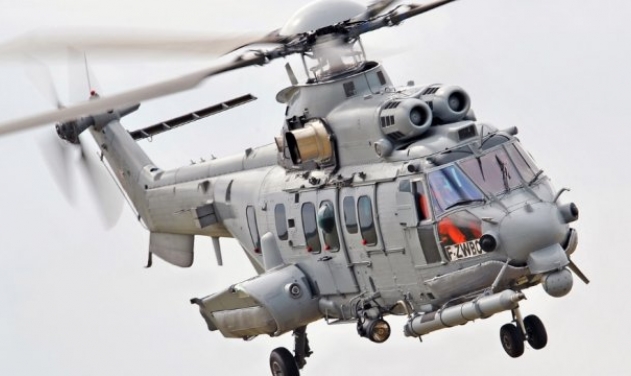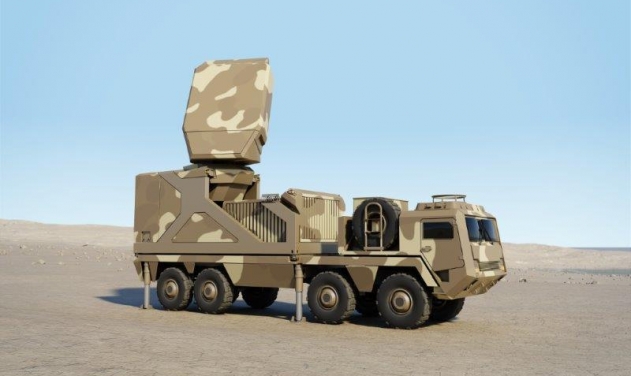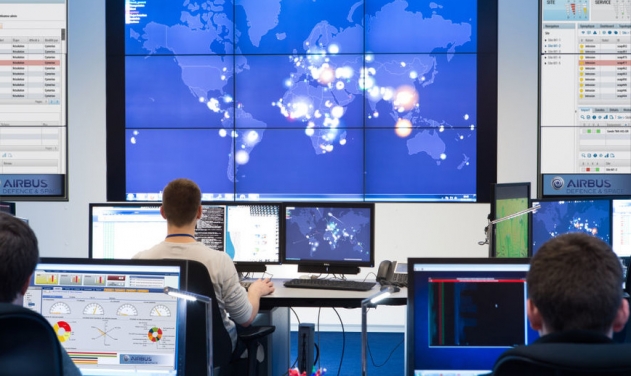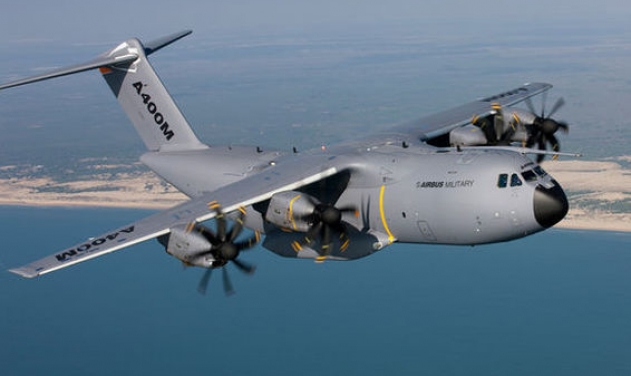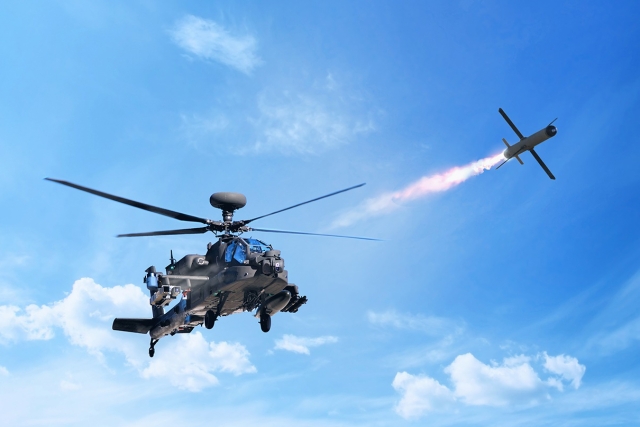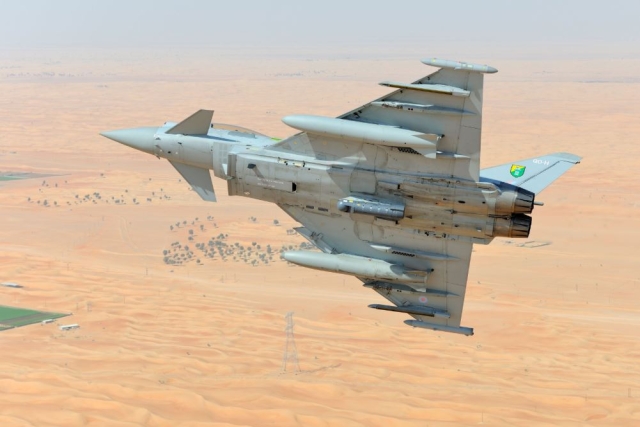Thales Unveils TRAC NG Dual Purpose Radar: Paris Air Show 2017
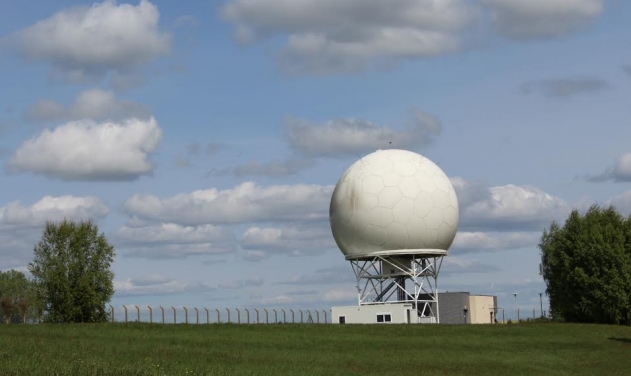
Thales has unveiled TRAC NG radar for dual civil/military operations on the opening day of Paris Air Show 2017.
Derived from Thales STAR NG approach radar, TRAC NG responds to the need to extend primary surveillance across en-route segments in ever more congested airspaces, and the more effective monitoring of secured military airspaces, the company said in a statement Monday.
TRAC NG offers improved performance and reduced lifecycle cost compared to other radars on the market.
Primary surveillance radars are the most ubiquitous tools used by air traffic management operators to identify aircraft’s position speed and vector. Unlike secondary radars which rely on the aircraft transmitting information through their radar transponder, a primary radar always knows where its target is, and where it’s heading. Historically this functionality was mainly required when aircraft were approaching airports. With increased traffic volumes and more congested skies, the ATM industry has been working to make primary surveillance available beyond approach and through to en-route segments to better optimize the airspace.
Thales TRAC NG is an L-Band primary radar with a range up to 250 nautical miles, perfectly tailored to serve as an effective system to guarantee primary surveillance across large tracks of en-route airspace.
Just like STAR NG, it is a fully dual civil/military system that offers as options altimetry, and the ability to track both fast and slow targets like helicopters, as well as small targets like UAVs. In addition, it can include concrete military features like frequency agility, jammer strobe detection and least jammed frequency selector, making it better hardened against electronic countermeasures than any other civilian radar.
The use of TRAC NG presents some very concrete benefits that reduce lifecycle cost. Several unique aspects make it a very attractive proposition to both civilian and military users. Its compact design architecture optimizes power consumption and enables easier site installation. It has a much improved power budget, system stability, dynamic range and instantaneous bandwidth that allows it to increase detection performance, as well as signal-to-clutter ratio and false alarm management functionalities that make it harder to confuse the radar even during complex operations .
